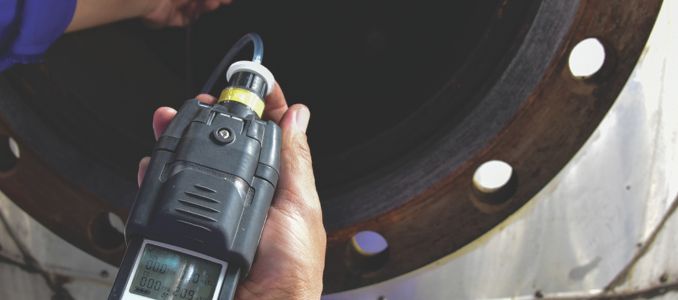
By Tom Burgess
Air quality in confined spaces can change in an instant—and assumptions can be costly. Here’s why continuous monitoring and critical thinking must guide every entry.

By Herbert Post
Timely access to eyewash stations can make all the difference in preventing eye injuries in hazardous work environments. How can safety managers keep them accessible, and ensure compliance for faster, more effective emergency response?
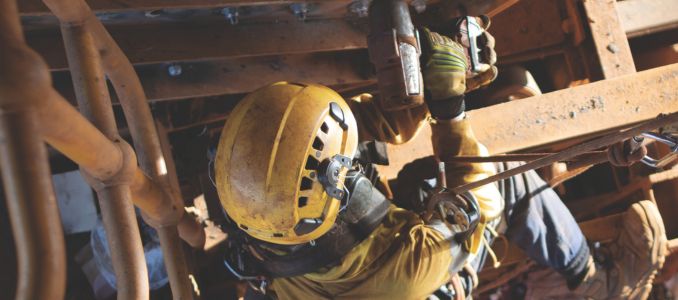
By Philip Jacklin
OSHA sets the baseline for fall protection—but is that really enough? As fall-related fatalities continue to rise, safety leaders must rethink their approach, with or without regulatory oversight.

By Kristi Hames
Simply collecting safety data isn’t enough—workers must be able to easily find, understand, and act on it to stay safe.
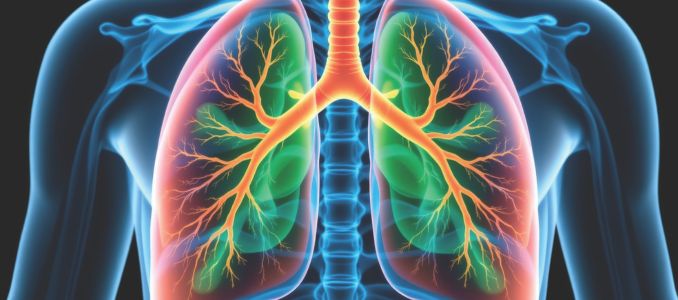
By Jeff Buckau
A basic review of the anatomy, physiology and personal protective equipment related to the respiratory system.
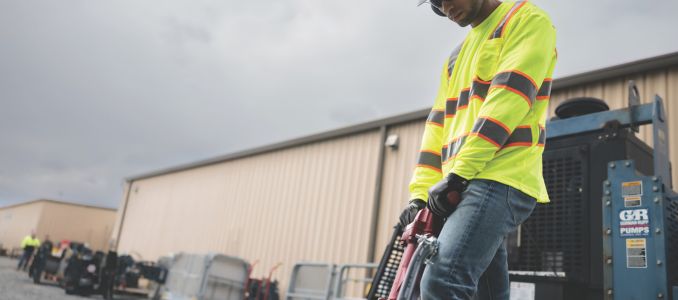
By Ben Julian
Your solution to extremely loud work environments.
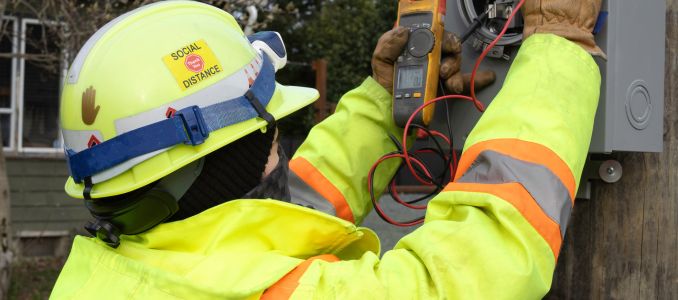
By David Kopf
Understanding the PPE focus in OSHA’s arc flash guidance.
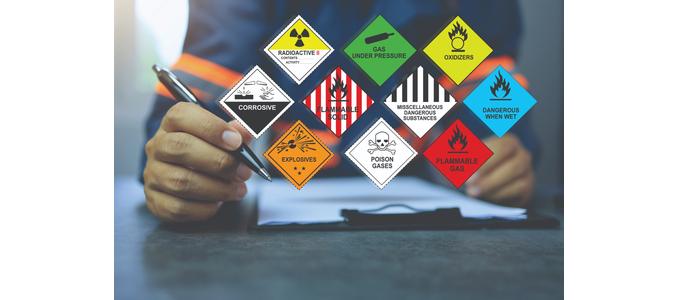
By Rachel Krubsack
Are your employees exposed to hazardous chemicals? They might need HazCom training!

By Cam Mackey
Get to know the updated ANSI/ISEA 105 hand protection standard.

By Lorenza Ordonez
There are three questions you must ask before implementing AI into your safety program.

By Ryan Barnes
Fall protection begins at the top with cognitive awareness and innovative PPE.
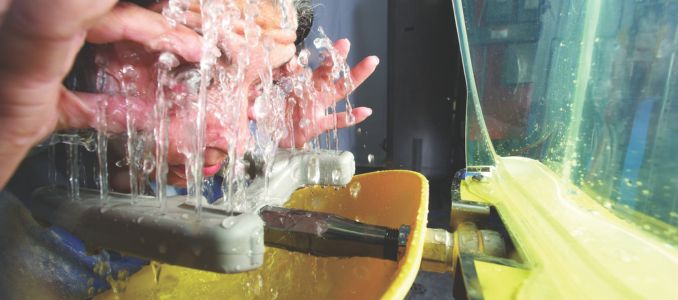
By Ryan Pfund
Understanding the hidden risks of poor maintenance, and how to prevent them through proper care.

By Vivek Vishal, Susan Silver
Understanding and complying with OSHA’s new rule on properly fitted PPE in construction.